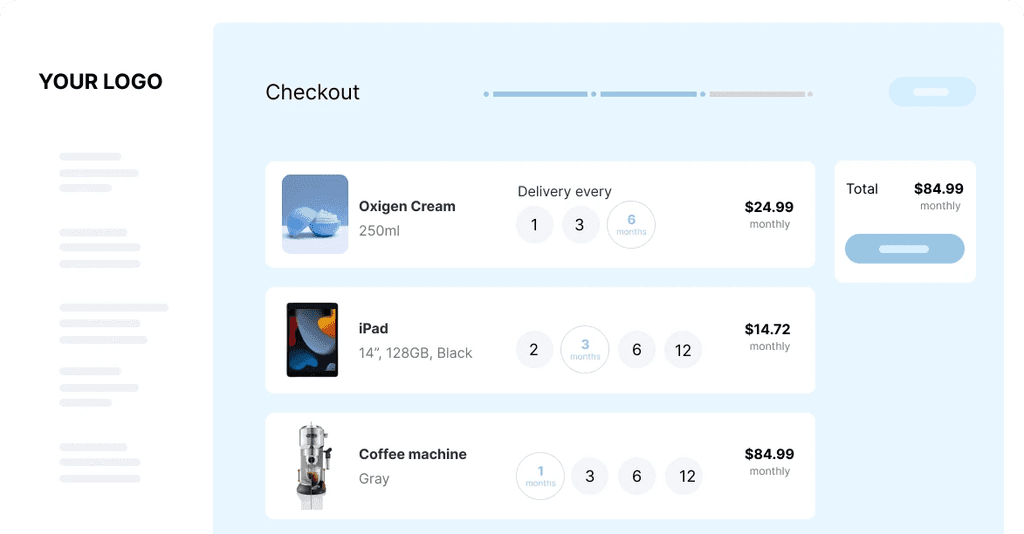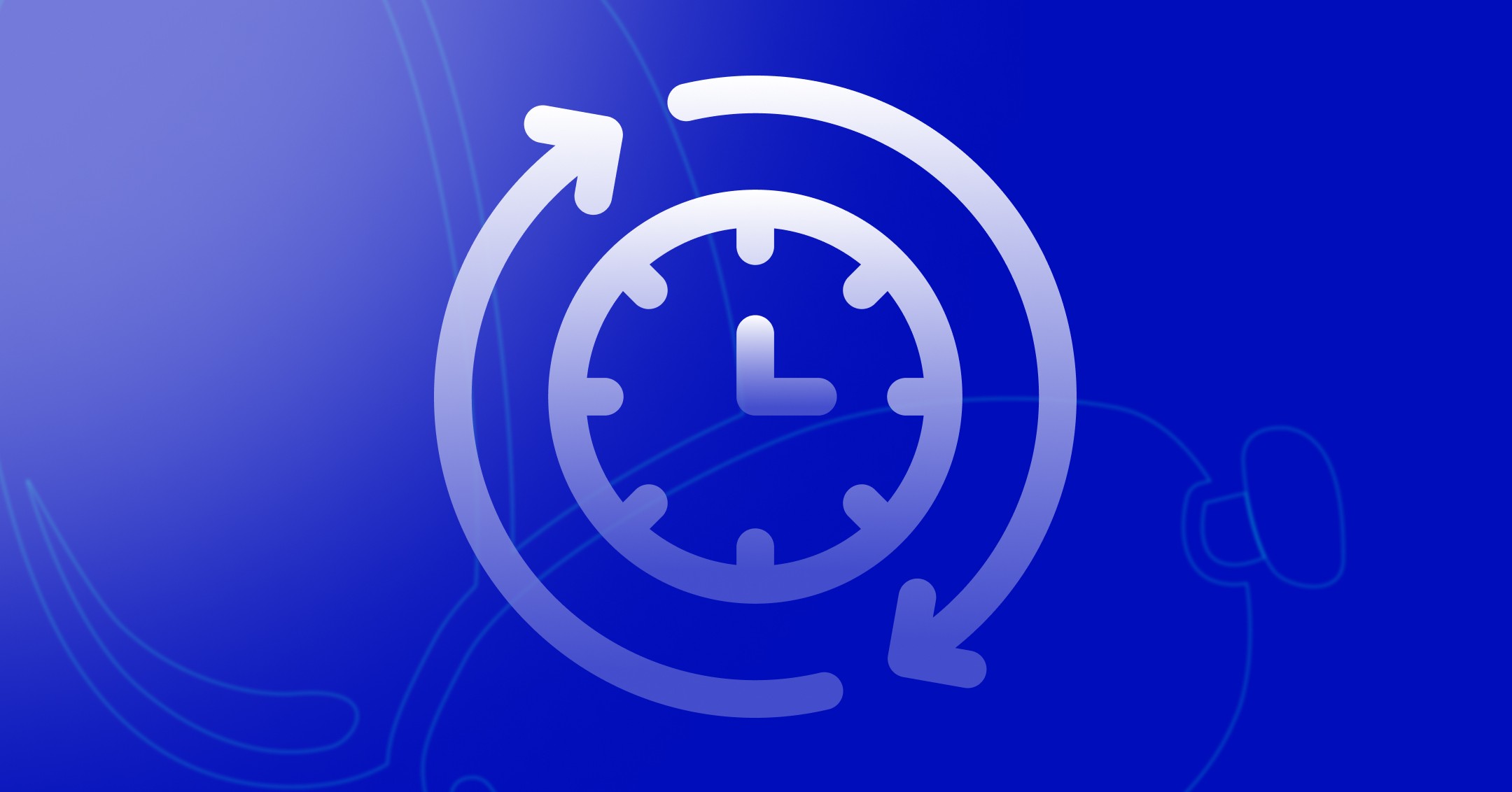How to Reduce Cart Abandonment: 7 Proven Strategies That Drive Sales
Flor Bermúdez

Jan 29, 2025
Understanding Cart Abandonment and Its Impact on Revenue
When online shoppers add items to their cart but leave without buying, it's more than just a lost sale - it represents a critical breakdown in the customer journey. To effectively address cart abandonment, businesses need to understand exactly why potential customers are walking away at the last moment. Getting to the root causes allows you to make targeted improvements to your checkout process and recover that lost revenue.
The Financial Impact of Lost Sales
The numbers tell a stark story about cart abandonment's effect on the bottom line. Consider an online store with 1,000 daily visitors where 100 people add items to their cart. With a typical cart abandonment rate of 70%, that means 70 potential sales are lost every single day. Over weeks and months, these missed opportunities compound into significant revenue losses that hold back business growth. Learn more about optimizing your sales process: How to master subscriptions in e-commerce.
Identifying the Root Causes of Abandonment
Several key factors drive shoppers to abandon their carts before purchase. The biggest culprit? Unexpected costs tacked on at checkout. Studies show that 48% of shoppers leave when they see additional shipping fees, taxes, and other charges they weren't expecting. Learn more about abandonment statistics here: Cart abandonment research and data. Other common issues include complicated checkout flows, limited payment options, and security concerns.
To address these friction points, consider offering free shipping or clearly displaying all costs upfront. The goal is building trust through transparency - when customers know exactly what to expect, they're more likely to complete their purchase.
Measuring and Analyzing Abandonment Rates
Simply tracking your overall abandonment rate isn't enough - you need to identify exactly where customers drop off in your checkout flow. Are they leaving on product pages? During shipping selection? At the final payment step? This detailed data reveals specific friction points you can target for improvement. By taking a systematic approach to analyzing and optimizing each step, you can steadily reduce abandonment and capture more completed sales.
Building a Better Checkout Experience Through Simplification

A well-designed checkout process can make or break your online sales. When customers face too many steps or complications during checkout, they often abandon their carts entirely. Making the purchase journey smooth and simple is essential for keeping customers engaged through completion.
Creating an Efficient Checkout Flow
Research shows that most online stores require customers to go through 5.08 steps to complete a purchase, leading to a 22% cart abandonment rate. You can boost conversions by trimming this down to just three key steps: shipping details, payment information, and order confirmation. For deeper insights into cart abandonment patterns, check out these detailed statistics from Dynamic Yield.
One simple but powerful change is adding a guest checkout option. Many shoppers want to buy quickly without creating yet another online account. Letting them check out as guests removes a common barrier to purchase.
Simplifying Customer Information Collection
Ask only for essential information during checkout. For example, most customers use the same billing and shipping address - so make this the default while giving them the option to change it if needed. This small change reduces form fields and friction.
Add clear progress indicators to show customers exactly where they are in the checkout process. These visual guides help prevent confusion and give shoppers confidence to continue through all steps.
Making Payment Easy and Flexible
Offer payment options that match how your customers prefer to pay. Beyond standard credit cards, include popular digital wallets like PayPal and Apple Pay, along with newer "buy now, pay later" services. Having their preferred payment method available makes customers more likely to complete their purchase. To explore tools that can help optimize your checkout, see these recommended Shopify plugins.
By focusing on these core areas - streamlined steps, minimal information collection, and flexible payments - you can build a checkout experience that helps more customers successfully complete their purchases.
Creating a Seamless Mobile Shopping Experience

Shopping on mobile devices has become the norm for most consumers. Yet many businesses struggle with high cart abandonment rates on mobile - a clear sign that the mobile shopping experience needs improvement. Making your mobile checkout process smooth and user-friendly isn't just a nice-to-have anymore, it's crucial for any eCommerce business looking to grow.
The numbers tell a concerning story: 75.5% to 85.65% of mobile shoppers abandon their carts before completing a purchase. This high rate makes sense when you consider that mobile traffic makes up over two-thirds of all eCommerce sessions. Poor mobile usability directly impacts your bottom line. Success requires optimizing your website specifically for mobile users and using tools like heatmaps to spot problem areas. For more details on mobile shopping behavior, check out these Mobile Cart Abandonment Statistics.
Optimizing for Touch Interactions
The way people interact with mobile sites is fundamentally different from desktop browsing. Small, hard-to-tap buttons and links are major sources of frustration. Think about how people actually hold and use their phones - most browse with one hand while multitasking. For instance, placing key buttons within easy thumb reach at the bottom of the screen makes a big difference in usability.
Streamlining Mobile Forms
Nobody likes typing long forms on a tiny screen. The solution? Keep checkout forms as short as possible by only asking for essential information. Features like auto-fill and smart input suggestions can dramatically speed up the process. When forms are quick and painless to complete, customers are much more likely to follow through with their purchase.
Creating an Intuitive Mobile Flow
Clear signposts help guide customers through checkout. Simple progress indicators show exactly where they are in the process and how much is left. This builds confidence and momentum. Page load speed is equally important - even small delays can send mobile shoppers running. Optimizing your images and code helps ensure a fast, responsive experience that keeps customers engaged through completion.
Mastering Cart Recovery Strategies That Convert
Getting customers back to complete their purchases takes more than just sending a basic reminder email. The most effective cart recovery needs personalization, perfect timing, and compelling reasons to return. Think of it as following up after meeting someone interesting - you want to rekindle that initial spark and guide them toward taking the next step.
Crafting Targeted Recovery Campaigns
Different shoppers abandon carts for different reasons. New visitors may worry about site security, while returning customers often just get distracted before checking out. This is why effective segmentation matters so much. Create unique recovery messages that speak to each group's specific concerns. Send first-time shoppers a special discount code, or remind loyal customers about items they left behind - especially if prices dropped or stock is running low.
Optimizing Follow-Up Sequences
When and how often you send recovery messages can make or break your success. A single email right after abandonment helps, but a well-planned series of messages works even better. Start with a friendly reminder within the first hour. Follow up the next day, perhaps offering free shipping. After a few more days, share some positive customer reviews to build trust and encourage completing the purchase.
Leveraging Multiple Channels
Email isn't your only option for bringing customers back. Mix in text messages, browser notifications, and social media retargeting to reach shoppers wherever they are. Each channel gives you a fresh chance to re-engage potential customers. For example, sending a quick text about a flash sale on their saved items can create just the right urgency to drive action. Learn more about tools to enhance your recovery campaigns in our guide to The Best New Shopify Apps of 2025.
Testing and Refining Your Strategy
Cart recovery is an ongoing process that requires constant testing and improvement. Try different message content, offers, and timing to find what resonates with your audience. Keep a close eye on your recovery rates and conversion numbers to spot what's working and what needs adjustment. This data-focused approach helps you continually optimize your campaigns for better results and more recovered sales. Regular analysis and refinement turn abandoned carts into valuable opportunities to grow your business.
Building Customer Trust Through Transparent Communication

Building real trust with customers takes more than just having a secure website. To turn hesitant browsers into loyal buyers, you need to openly address their concerns before they hit that dreaded "abandon cart" button. This means being completely upfront about everything customers care about - from costs to shipping to returns.
Addressing Pricing Concerns Upfront
We've all been there - you find the perfect item only to discover hidden fees at checkout. That's why clear pricing matters so much. Show all costs early, including shipping, taxes, and extra charges. Many shops now offer free shipping above a certain amount, which often leads to bigger orders since customers feel more confident buying.
Setting Clear Shipping Expectations
Getting items quickly and affordably is a top priority for online shoppers. Be direct about your shipping choices and when items will arrive. Give customers options that fit their needs, from budget-friendly standard shipping to quick delivery. Adding real-time shipping quotes based on location helps avoid surprises at checkout. When customers know exactly what to expect, they're less likely to abandon their cart.
Communicating Security Measures and Guarantees
Security badges and clear explanations of how you protect customer data go a long way in building confidence. Show customers that their information is safe through encryption and secure payment processing. Back this up with solid guarantees - whether it's money back or easy returns. Think of these guarantees as a safety net that gives shoppers peace of mind to complete their purchase.
Showcasing Trust Signals Throughout the Customer Journey
Trust needs to be reinforced at every step. Place customer reviews, security badges, and contact info strategically throughout the shopping experience. For example, showing positive reviews next to the "Add to Cart" button can give customers that final boost of confidence to buy. Each trust signal builds on the last, creating a shopping experience that feels safe and reliable.
Building Trust Through Authenticity
Real connections matter more than sales talk. Share your genuine brand story and values to help customers relate to your business on a human level. When you understand what individual customers want and make thoughtful recommendations, it shows you care about their needs, not just their wallets. This authentic approach helps build lasting relationships that keep customers coming back.
Effective Ways to Use Social Proof and Urgency in Your Store

When it comes to converting shoppers into buyers, social proof and urgency are two powerful tools that can help reduce cart abandonment. These techniques work by tapping into natural human psychology - we tend to follow what others do and act quickly when opportunities seem limited. The key is using these methods honestly to build genuine trust with customers.
Making the Most of Social Proof
People naturally look to others' actions to guide their own decisions. When shoppers see that others have had positive experiences with your store, they feel more confident making a purchase themselves. This is especially helpful for first-time visitors who might otherwise abandon their cart.
Reviews from Real Customers: Place authentic customer feedback near products and during checkout. A simple review like "Exactly what I needed - fast shipping!" can give shoppers the reassurance to complete their purchase.
Security and Trust Indicators: Display badges from well-known security providers like Norton or McAfee to show shoppers their information is protected. Many customers won't buy without seeing these trust signals.
Social Media Engagement: Highlight your active social media presence with real follower counts and customer interactions. This shows you have an engaged community that trusts your brand.
Purchase Activity Updates: Consider showing recent purchase notifications, but keep them truthful and minimal. Messages like "Sarah from Seattle just bought this" work well when used sparingly.
Building Real Urgency
The fear of missing out can motivate people to buy now instead of later. However, manufactured urgency can backfire - only create time pressure when it's genuine.
Real Time-Limited Deals: Run actual sales with clear end dates. Show a countdown timer for legitimate limited-time offers to encourage quick decisions.
Accurate Stock Updates: If inventory is truly limited, let customers know. "Only 3 left!" creates natural urgency, but always keep these numbers honest.
Special Offer Windows: Add bonuses like free shipping for a set time period. This gives shoppers a concrete reason to complete their purchase soon.
Measuring What Works
Finding the right mix of social proof and urgency tactics requires testing. Run A/B tests to compare different approaches - maybe customer quotes work better than trust badges for your audience. Track your cart abandonment rate to see which methods drive the most sales. Make changes based on real data to constantly improve your results.
Sharpei helps stores reduce cart abandonment by offering flexible payment options through rentals, lease-to-own agreements, and subscriptions. Give your customers more ways to say "yes" to their purchase.
Related posts
Ready To Join The Circular Movement?
United for a smarter shopping experience and a better planet












